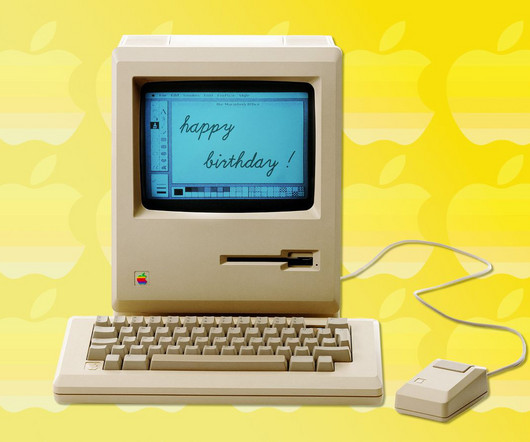UT Austin team develops new family of high-capacity anode materials: Interdigitated Eutectic Alloys
Green Car Congress
NOVEMBER 1, 2017
Researchers in the Cockrell School of Engineering at The University of Texas at Austin have developed a new family of anode materials that can double the charge capacity of lithium-ion battery anodes. By comparison, realized capacity in a graphite/copper composite anode is only ~ 150 mAh g -1. —Kreder et al. Earlier post.).












Let's personalize your content